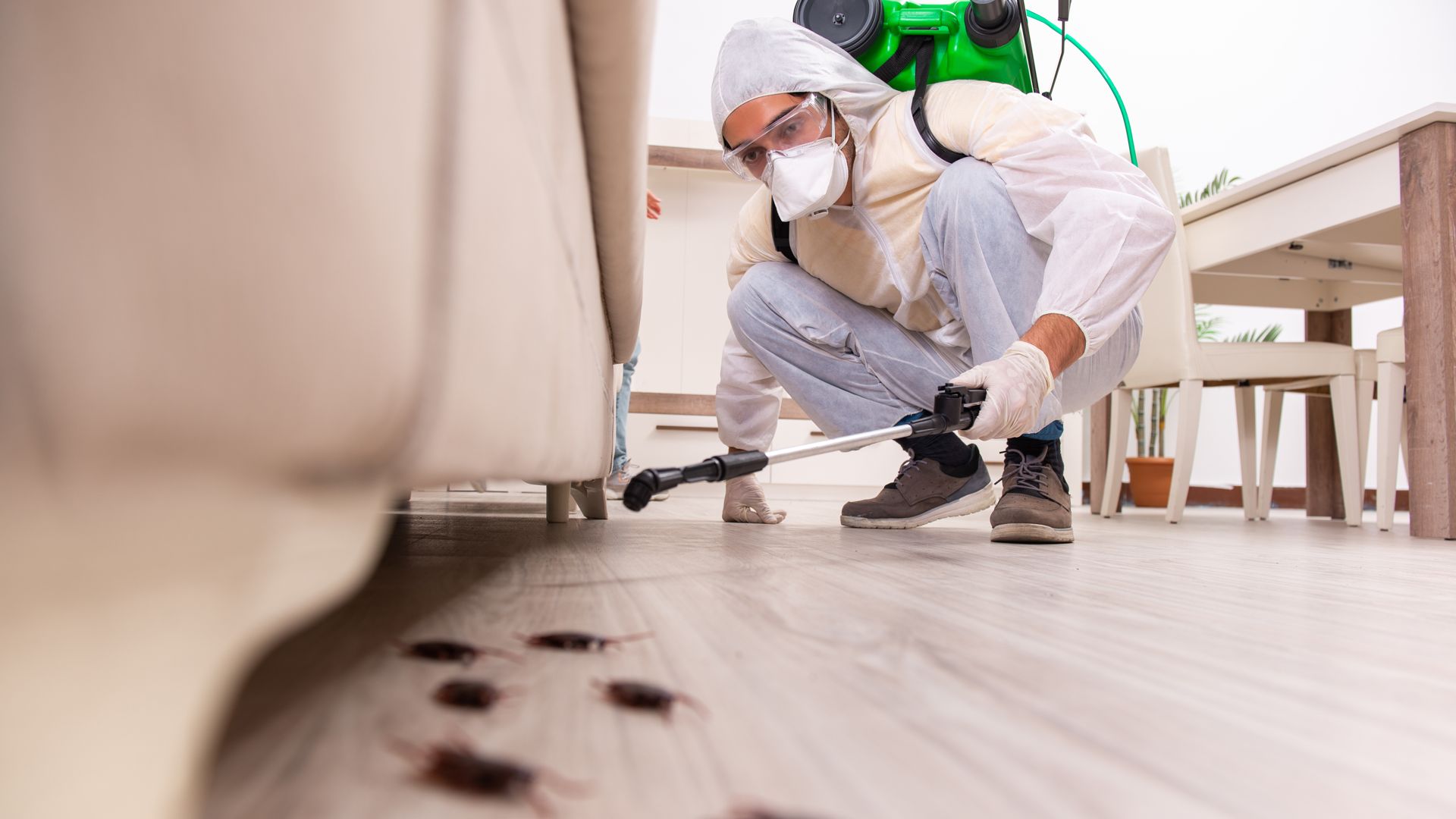Termite Inspections For Your Home & Business
At HomeShield Pest Control, our top priority is keeping your home and/or business free from pest infestations, and that includes termites and other wood-destroying organisms. That’s why, along with pest control, we offer termite inspections and termite control treatment services to all of our customers. Every year termites do billions of dollars of damage in the U.S. that is not covered by homeowners insurance.
Termites usually swarm during the spring. However, they are a year-round threat. If you see what appears to be flying ants (often winged termites) or mud tubes (literally tubes of mud) on your foundation or in the garage, there is a good chance you are dealing with termites and you should seek treatment options immediately. This will give you the best chance to avoid termite damage or at least stop it before it gets worse.
The Best Way To Keep Termites Out
- Be vigilant for winged termites and mud tubes
- Have annual inspections
- Have an annual pest control plan or service that protects your home or business from infestation
Luckily, HomeShield can help! We provide free annual termite inspections with our pest control service and also offer termite control treatment plans for your home or business that is already infested.
Call us today at (888) 720-3618 to control or protect against termite infestation.
Why Our Customers Love Us
HomeShield Pest Control received an average rating of 5.0 out of 5 stars from over 8000+ reviews.
-
Homeshield was great to work with!“Homeshield was great to work with! My wife and I encountered a really bad termite problem at our new home during the renovation phase, and needed treatment asap so that renovation could resume. Mike drove all the way down for an inspection, and was very thorough in his explanations. He was able to match a competitor's price for the treatment and locked in a day for the following week. Daniel and Elias, the technicians, were very communicative about their ETA and did a good job explaining their respective roles. All in all, a quick and easy process. Thank you, Homeshield!”- James Y.
-
Pleasant, friendly and respectful.“Bronson announced his arrival and departure. He inquired if there was anything specific that we wanted done prior to him starting his regular service. Pleasant, friendly and respectful.”- Joseph S.
-
Will continue using homeshield!“
Amazing work! Switched from Terminex as I was tired of having scheduling issues and wanted something eco friendly for my dogs and upcoming baby.
”
I definitely recommend trying to get Jose Garcia as your technician as he was very communicative and kept us updated throughout the service process.
Will continue using homeshield!- Chris P.M. -
Humble and helpful. Does what ever we are asking for.“You guys provide very quality service. We are very happy with the service. Every time the person comes to our place to provide service is very humble and helpful. Does what ever we are asking for. Thank you.”- Arif S.
-
Excellent experience. Super professional and thorough“
Excellent experience. Super professional and thorough. Found them through yelp and they called immediately with affordable options and set up an appointment. The technician was wonderful. Would highly recommend.
”- Samantha S. -
Quote came within minutes and price was very reasonable.“
Dee provided a very thorough and detailed inspection. Walked us through the entire process and what we could expect throughout the initial services and beyond. Quote came within minutes and price was very reasonable.
”- Jason D. -
Ben was FANTASTIC“
Ben was FANTASTIC in every way, He came to give me an estimate on my home, was on time, polite, knowledgeable, and extremely professional in how he handled everything. Had 4 other termite co. to give me an estimate, not even close to Ben's expertise, I would give him a 10 if I could. Will definitely use him in all my other projects , they are a lot since I am in real estate and have many clients.
”- Judy M. -
Victor, was very professional, helpful and informative.“
We had a great experience. They were able to work with our schedule to make a quick appointment. The service professional, Victor, was very professional, helpful and informative.
”- Mark S.

Featured On








.svg.2405150737550.png)






